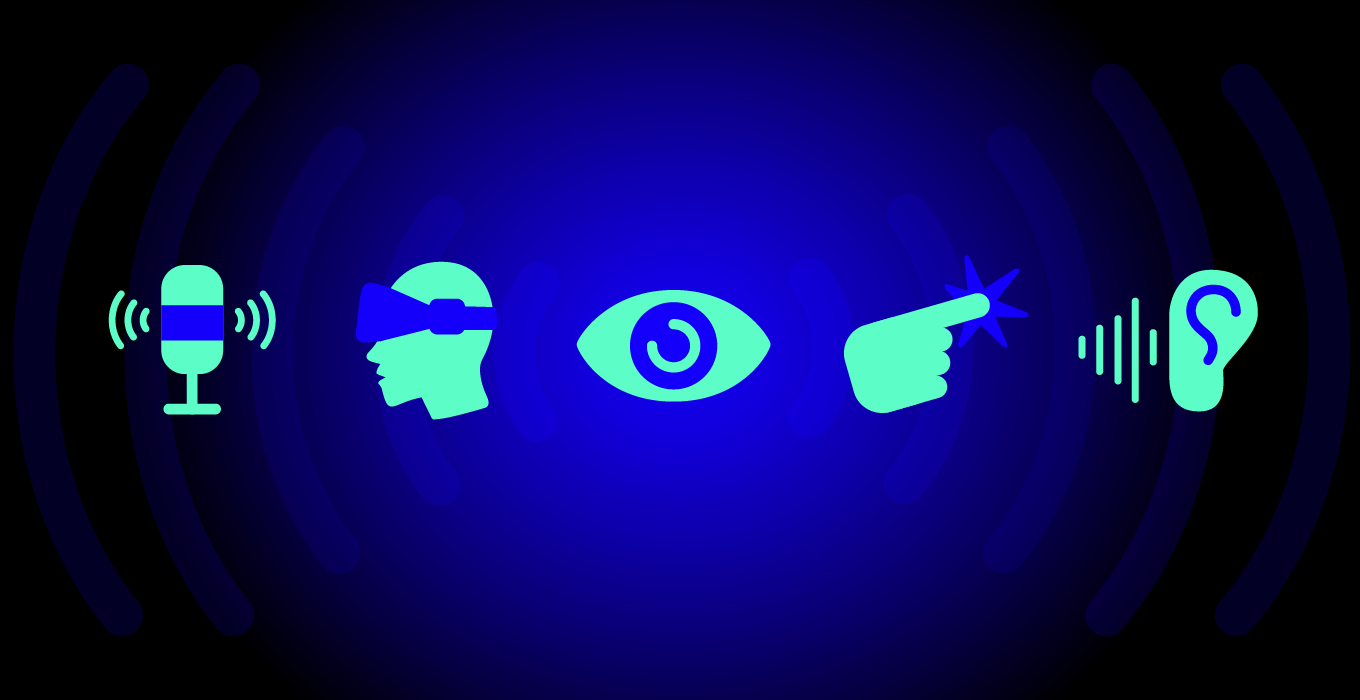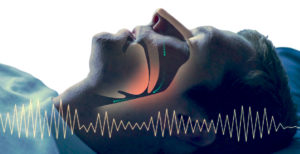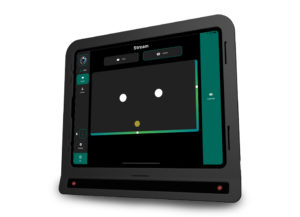
BLOG
5 Innovative Assistive Technologies Making Our World More Accessible
WRITTEN BY MADISON REID, BRAND LEAD AT MISTYWEST
Assistive technology can be broadly defined as any tools, software or materials that are developed for people to overcome challenges that result from variations in physical ability. Something as low tech as your prescription eyeglasses can be considered an assistive device, while higher tech would be a motorized wheelchair or a hearing aid. Perhaps most famously, physicist Stephen Hawking used an Augmentative & Alternative Communication (AAC) device for his communication with the world.
With the current proliferation of intelligent connected devices and sensors into our everyday lives, the definition of high tech is becoming a whole different ball game for assistive technology.
Many assistive tech inventions are employing IoT and computer vision, where innovative and out-of-the-box thinking is helping create an inclusive and prosperous global community enabled by technology. Below are some of the coolest new tech we’ve seen to date.
Alter Ego from MIT Media Lab
Step aside, Elon! Before the NeuraLink project was announced in 2019, MIT Media Lab was already developing a headset that allows humans to interface in natural language with machines, AI assistants and other people without any voice. Alter Ego was developed with a focus to help support individuals with ALS (amyotrophic lateral sclerosis) and MS (multiple sclerosis) who experience degenerative loss of muscle function over time.
It is a non-invasive peripheral neural interface that detects the subtle electrical signals sent by the brain when internal mouth muscles are activated. Because no visible external motions are seen, a user can seemingly interact with a computer using only their thoughts – and with 92% accuracy!
Zennea Technologies
Obstructive Sleep Apnea (OSA) is a complete or partial obstruction of the upper airway while sleeping and can reduce blood oxygen saturation; you might already be familiar with it through its most visible symptom of snoring.
OSA impacts sleep quality, which can double one’s risk of developing heart disease, and reduce motor functions, impacting a person’s performance in school or work.
Zennea Technologies are developing the ZENS, a new battery-operated medical device for chronic snorers that uses neuro-stimulation technology that externally activates cranial nerves to contract the main dilator muscles of the tongue and reduce upper airway restrictions. The ZENS is also IoT enabled to track a patient’s overall quality of sleep through smartphone application.
Robotic Exoskeleton from SuitX
PhoeniX is a lower body-powered exoskeleton designed to assist patients who have suffered from strokes and spinal injuries in increasing their mobility and independence. The designers of Phoenix, SuitX (formerly US Bionics), also develop suits for industrial workplaces such as factories and warehouses to reduce strain and injury in jobs that require physical labour or repetitive, strenuous tasks.
Using a network of small modules attached to the standard orthotics of the PhoeniX user, one is capable of moving their hips and knees to stand tall and walk simply by pressing a series of buttons on a pair of crutches integrated into the suit. The PhoeniX is also the lightest robotic exoskeleton on the market at just 27lbs, and the least expensive – a mere $40,000 USD.
Skyle for iPad
Augmentative & Alternative Communication (AAC) devices are frequently used by people with conditions such as Cerebral palsy, ALS, spinal cord injuries, or whose primary communication methods are not verbal or written. AAC devices offer freedom of expression to those who otherwise may not have the means to do so.
Skyle is the world’s first eye tracker for iPad, transforming the tablet into an AAC device for a variety of complex communication needs and where users can operate nearly any app.
The Skyle is a case you slot the iPad into, which includes a scanner with two eye-tracking methods, dark pupil tracking and binocular tracking, and can measure the direction of a gaze with a high degree of accuracy. It’s compatible with apps specifically developed via the AAC protocol, including Proloquo2Go, GoTalk NOW, and TouchChat.
WeWalk smart cane
As of writing, self-driving vehicles are increasing their numbers on the road, scooter-sharing services are widely available across major cities, yet when it comes to pedestrians, those with visual impairments are still using a basic stick to help navigate their world.
Inventor and designer Kursat Ceylan, having lived with visual impairment and experienced the many challenges around safety first-hand, developed weWalk, an IoT-connected smart cane that uses ultrasonic sensing technology and a vibrating handle to alert its users of obstacles ahead. weWalk’s vision is to ensure “that every visually impaired person has the freedom to go wherever they want to go”.
The smart cane’s users can pair it with their smartphone and integrate it with Google Maps and a voice assistant, which sends infrastructural information to the weWalk that is shared through integrated speakers – allowing users to learn more about their surroundings than what may already be available to them. The technology is also open platform, allowing possibilities for third-parties to create their own smartphone integrations and functions.
Conclusion
While it’s fascinating to see the advancements of assistive tech nearly transcend real life and science fiction, these inventions serve a very critical role of enabling many folks to complete everyday tasks in our often ableist and functionally inaccessible world. Unfortunately, most also come with extremely hefty price tags, leaving them still rather inaccessible.
As an adult, I am seeing how assistive tech is benefitting the lives of aging parents and family members. Many elderly experience a loss of independence–such as no longer being fit to drive–and a decrease in mobility that comes with age, and can end up in the care of their adult children. IoT devices and AR/VR software that help with cognitive abilities, mobility and health monitoring are a huge asset to offering greater quality of life; not just for elderly loved ones, but for family and caregivers as well!
I hope to see more advancements in assistive tech and its affordability, so that we can continue to make the world a bit more “user friendly” and accessible to all.

